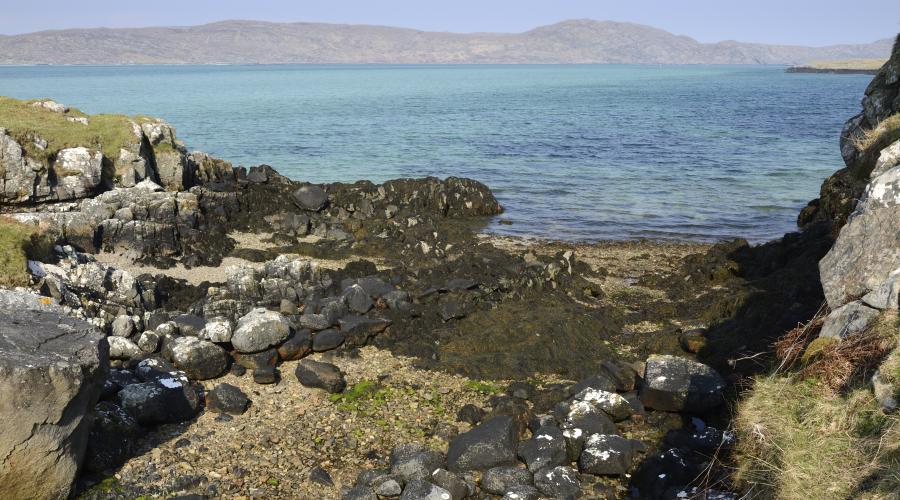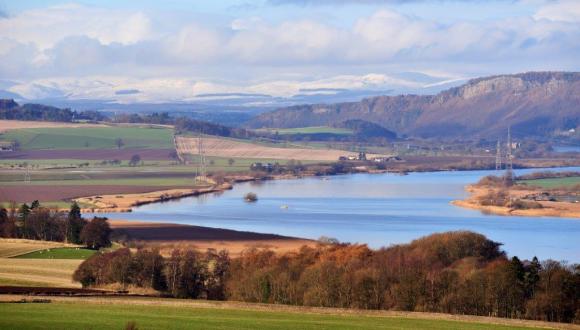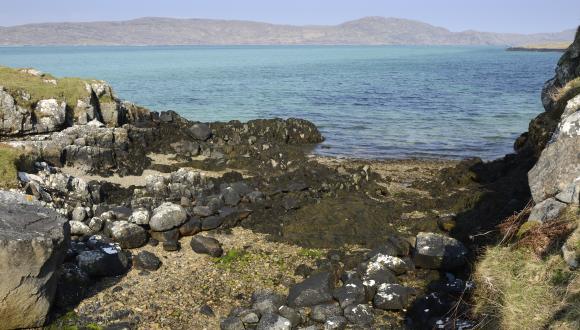
New report shows Gaelic reverence for nature
18 March 2021
Gaelic names and folklore reveal how fundamental nature and all its benefits were to Scotland’s Gaels, according to a new report published by NatureScot today.
While lockdown and the climate emergency have made many people re-evaluate and value nature more, the report shows that Gaels have valued and esteemed nature since the earliest times in Scotland.
For the report, Roddy Maclean (Ruairidh MacIlleathain), a Gaelic writer and broadcaster, examined Gaelic names in the landscape, folklore, stories, poems and songs. He found a wealth of evidence about the ways in which the natural world was useful and valuable, such as clean air, fertile soils and timber; as well as recreation and spiritual benefits. His analysis shows that nature was fundamental to the earliest people and subsequent generations who lived and thrived in Scotland.
Report author, Roddy Maclean, said:
“My research highlights the strong, abiding presence of nature in the Gaelic language and culture in Scotland. While we’re currently re-learning how important nature is in our modern way of life, the benefits were well known by our ancestors – as can be seen in the original Gaelic names and stories that have endured in the world around us.
“The Gaels knew that we’re all connected to the natural world, and that human life depends on nature for survival – something that’s as true today as it was back then.”
Phil Baarda, NatureScot’s Ecosystems and Land Use Advisor, added:
“We’re all intrinsically connected to nature and what it provides. We might not always realise that in today’s modern world, but our ancestors did. This project has been a fascinating introduction into how we could value nature today though learning what others valued in the past.”
The report found hundreds of references to ecosystem services such as food, timber, medicine, fuel and fibre. For example, lasgach, (fishing) when applied to freshwater lochs, is an indicator of quality fishing – for example, Loch an Iasgaich (the loch of the fishing) on the Isle of Skye.
As might be expected there are many wood and tree places, showing how highly valued they were in the past. Ceann a’ Ghiuthsaich, the village of Kingussie, means ‘the end of the pine forest’ and stands where a great giùthsach (pine forest) once stretched to the north.
Fresh water springs and wells (tobar, fuaran, and tiobar or tiobairt) are also commonly referenced. On Jura, there is ‘Port an Tiobairt ‘the harbour of the well’ – a place where sea-farers would replenish their water supplies. Some wells and springs were well-known and heavily frequented for the healing properties of their water.
Plants and herbs are also common in place names. Examples include Abhainn Lusa (river of herbs) on Skye and Allt nan Luibhean (the burn of the herbs) on Lochaber and Lòn Biolaireach (meadow abounding in watercress) on Mull.
You can read the full report on the NatureScot website.





